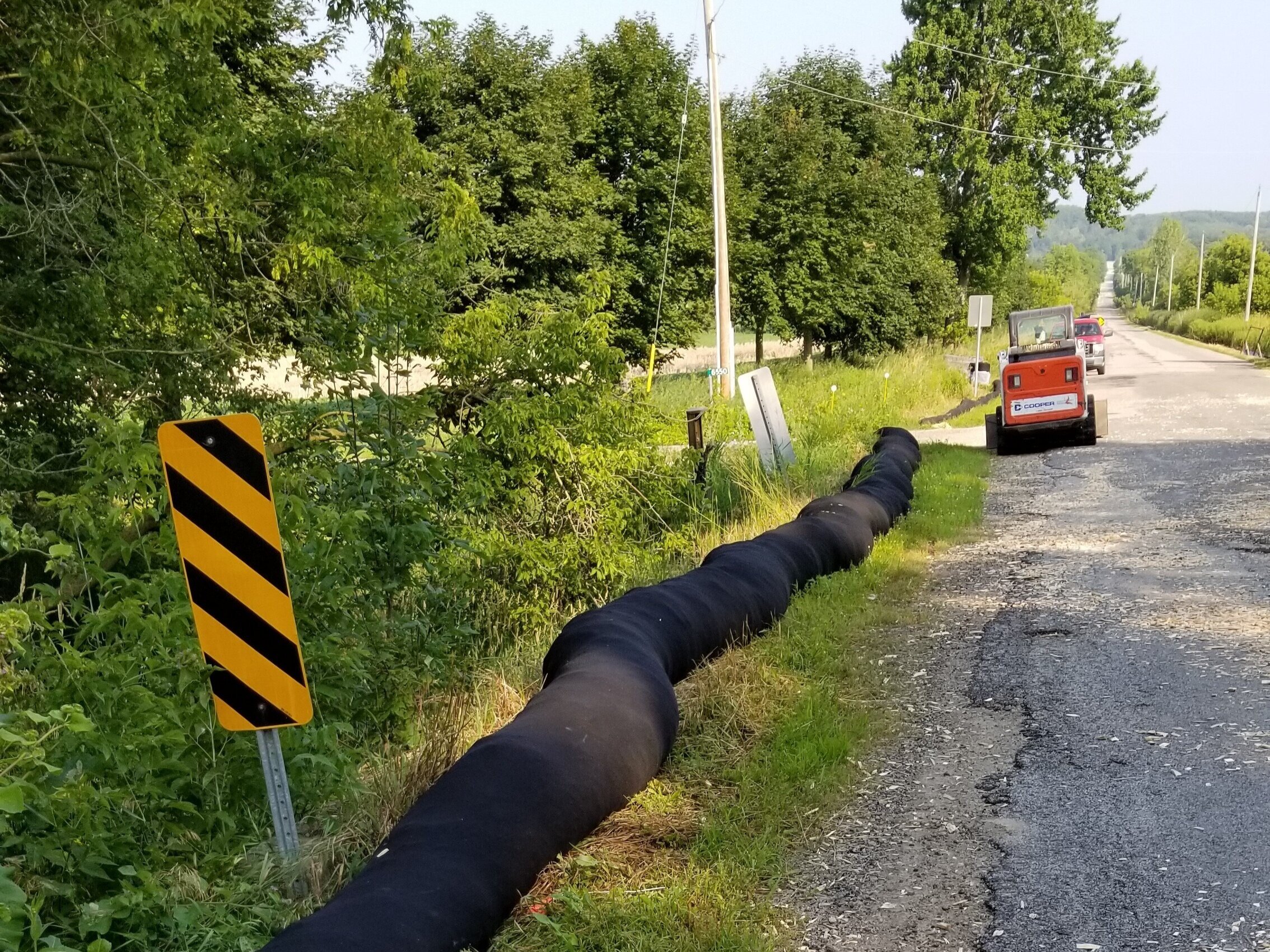Quality with Memphis Erosion Control Solutions hydroseeding
Wiki Article
Best Practices for Erosion Control in Construction Projects
Are you working on a construction project and worried regarding disintegration control? In this post, we will direct you via the ideal techniques for preventing erosion on your website. Memphis Erosion Control Solutions excavation. Get all set to take on disintegration head-on and make sure the success of your building project.5 Essential Disintegration Control Techniques

To efficiently control disintegration on your building and construction website, you'll require to apply essential methods such as incline stabilization and sediment control measures. Slope stabilization is critical in preventing dirt disintegration on steep inclines. Another reliable method is the usage of disintegration control coverings or mats, which are positioned on the incline and assistance preserve soil fragments while allowing plants to grow.
Effective Debris and Drainage Administration

You can successfully take care of debris and runoff in your building job by applying correct disintegration control actions. Sediment and drainage administration is critical to prevent erosion and safeguard the surrounding atmosphere. One efficient procedure is the setup of silt fencings along the boundary of the building website. These fencings assist to contain sediment and prevent it from entering neighboring water bodies. An additional essential method is the application of erosion control blankets or floor coverings. These coverings give a safety layer on bare soil, minimizing the effect of rainfall and stopping erosion. Additionally, making use of debris basins or sediment catches can assist to record sediment and stop it from entering stormwater systems. Normal maintenance of these procedures is important to guarantee their performance throughout the building and construction job. This includes evaluating and cleaning up debris containers and consistently changing silt fences and disintegration control blankets as required. By applying these disintegration control steps, you can effectively take care of debris and runoff in your building and construction job, minimizing the influence on the atmosphere and abiding by regulatory needs.
Key Considerations for Incline Stablizing
You need to thoroughly take a look at the incline's qualities, such as its drain, angle, and make-up patterns. Look for indicators of disintegration, such as revealed roots, splits, or down dirt.When you have actually determined the unstable locations, you can begin implementing procedures to stabilize the incline. One usual approach is making use of maintaining walls or terracing find out this here to create a collection of flat steps, which can aid disperse the weight and stop more disintegration. An additional alternative is to plant plants on the incline, as the origins can assist anchor the dirt and control erosion. In addition, setting up erosion control blankets or mats can give prompt security while plant life ends up being well established.
It's important to routinely check the stabilized inclines to guarantee their efficiency. Maintain an eye out for any signs of movement or disintegration, and take prompt action if required. Routine upkeep, such as examining and fixing any kind of broken steps, is also vital to ensure long-term security.
Ideal Practices for Plants and Dirt Protection
One effective method to shield greenery and soil on blog here inclines is by consistently examining for indications of disintegration and taking prompt activity if essential. Beginning by evaluating the slope for any kind of signs of erosion, such as exposed roots, bare dirt spots, or sediment build-up at the bottom. Implement erosion control measures such as mounting disintegration control blankets, mulching, or even creating keeping walls if required.Applying Correct Drain Systems
To successfully apply appropriate drain systems, it's crucial to think about the incline gradient and dirt type. Understanding these elements is vital when it comes to managing water circulation and protecting against disintegration. The slope gradient plays a significant role in figuring out how water crosses the land. Steeper inclines can result in quicker water circulation, raising the risk of disintegration and flooding. On the other hand, gentler inclines allow water to flow much more gradually, lowering erosion possibility. By evaluating the incline gradient, you can develop a reliable drain system that fits the natural water motion.Sandy dirts tend to drain faster due to their coarse appearance, while clay soils have a slower water drainage rate due to their portable nature. In addition, taking into consideration the dirt attributes aids avoid waterlogging, which can lead to poor Visit This Link plant development and damages to frameworks.
Verdict
In conclusion, when it concerns disintegration control in construction projects, you need to comply with these finest methods. Apply efficient debris and overflow administration methods to avoid contamination. Take into consideration slope stablizing techniques to make certain the security of the website. Secure plant life and soil by using suitable steps. Develop proper water drainage systems to handle water flow (Memphis Erosion Control Solutions silt fences). By following these vital techniques, you can efficiently regulate disintegration and guarantee the success of your building and construction job.To efficiently regulate erosion on your construction website, you'll need to carry out essential strategies such as slope stabilization and debris control procedures. Slope stabilization is important in avoiding soil disintegration on steep inclines. One more efficient technique is the use of erosion control coverings or floor coverings, which are placed on the incline and assistance retain soil bits while allowing plants to expand. An additional alternative is to plant vegetation on the slope, as the roots can help secure the soil and control erosion. Implement disintegration control actions such as mounting disintegration control coverings, mulching, or even creating maintaining walls if required.
Report this wiki page